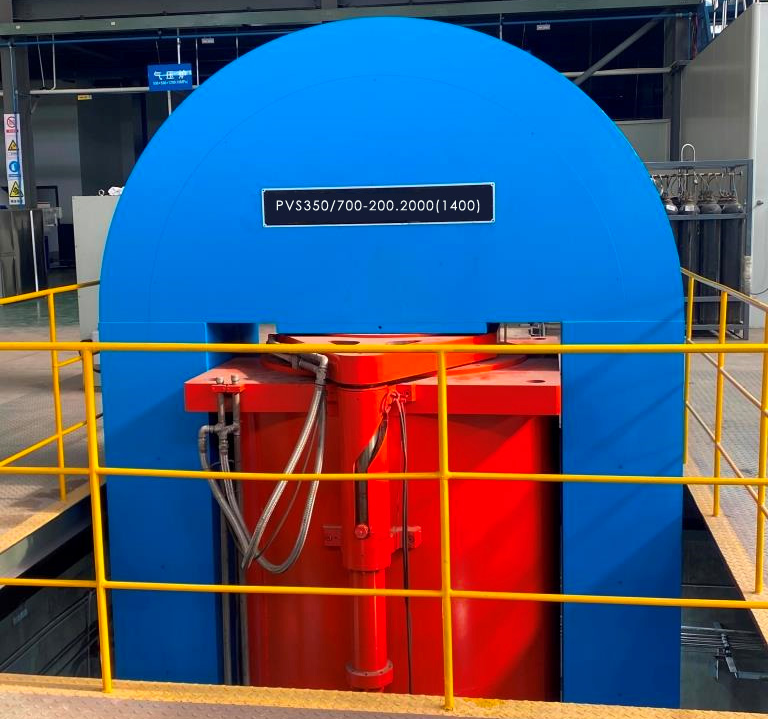May. 06, 22
Manufacturing companies use a variety of techniques to modify and improve the properties of raw materials. Some of these techniques are basic and involve only exposure to high temperatures, while others are more complex. Hot isostatic pressing (HIP) falls into this latter category of treatment processes. However, unless you are familiar with HIP, you may want to know how it works. Vacuum Hot Press Sintering Furnace supplier shows you.
HIP is a material treatment process that involves the use of heat and pressure to improve the physical properties of a material. It is typically performed on metals and ceramics. When either of these types of materials are exposed to heat and pressure, their physical properties are changed.
With HIP, the material is placed in an HIP furnace. The HIP machine has a furnace and a pressure vessel that changes the physical properties of the material. Argon gas is forced into the HIP machine, which increases the temperature of the vessel and pressurizes it. After allowing the argon gas to sit for a specific amount of time, the vessel is cooled. Upon completion, the treated material is removed from the vessel.
A variety of methods are available for forming ceramic powders, including injection molding, extrusion, hot isostatic pressing, powder slurry casting, gel casting and cast casting. Injection molding is known to form many of the plastic parts found in common homes, while extrusion can be used to make ceramic rods for architectural facades. Hot isostatic pressing (HIP) is a molding method that can be used to form metallic and non-metallic materials into a variety of different products. HIP increases the density of ceramic materials and can reduce the porosity of metals.
Hot isostatic pressing can produce high quality castings at a lower cost than traditional processing methods. To improve the overall quality HIP chamber is heated and then the product is gradually cooled. At this stage of the process, air bubbles that affect quality are removed, thus ensuring a higher quality part. Ceramic knives with black blades are produced by an additional hot isostatic pressing step to improve toughness.
Some manufacturing companies use HIP to minimize scrap generation. By pre-pressing and heating the material, the material typically generates less scrap when used in other manufacturing processes.

Cold isostatic pressing (CIP) is similar to HIP in that both material handling processes use pressure to improve the physical properties of the material. However, as the name implies, CIP is performed at a lower temperature than its HIP counterpart. According to the European Powder Metallurgy Association (EPMA), HIP is typically performed at approximately 1,650 to 2,300 degrees Fahrenheit. In contrast, CIP is performed at or near room temperature. CIP is a faster and easier material handling process, but it does not offer the same benefits as HIP.
To solidify the powder particles and repair voids and pores, hot isostatic pressing combines compaction and sintering. As the part shrinks and densifies, a high-strength structure is formed. This process can be performed without a die, but cold isostatic pressing must first be used to compact the product, followed by sintering to close the interconnecting pores. The part can then be processed by hot isostatic pressing.
HAOYUE sells a wide range of vacuum and sintering furnaces, you can check our website for more products and we welcome your inquiries.